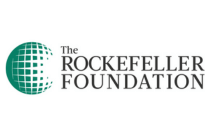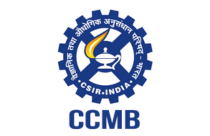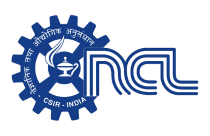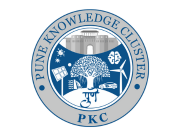Overview
Antimicrobial resistance (AMR) is one of the most pressing challenges of our time, threatening the effectiveness of medicines used to treat infections. This dashboard provides insights into how AMR exists and evolves in the environment, specifically in wastewater collected from Pune. It has been designed to help understand AMR trends in the community and why addressing this issue is critical for public health.
What is AMR, and its impact
AMR happens when bacteria and other microbes become resistant to antibiotics. This makes infections harder to treat, leading to longer illnesses and increased healthcare challenges. Misuse of antibiotics and their release into the environment through wastewater are key reasons why AMR is growing.
Wastewater carries microbes from households, hospitals, industries, and farms, making it a vital resource for understanding the health of our communities. Studying wastewater aids in detecting early signs of antibiotic resistance and working towards stopping its spread.
What is represented on this Dashboard
This dashboard presents data from ten sewage treatment plants (STPs) in Pune to highlight:
- AMR Classes:
The different types of resistance detected, such as resistance to commonly used antibiotics like beta-lactams or tetracyclines. One can see the relative abundance of these resistance types and how they change over time. - AMR Load:
A measure of the total amount of antimicrobial resistance genes in wastewater. This gives a snapshot of how prevalent AMR is in the community.
Why the effects of AMR matter
AMR impacts everyone as it makes common infections harder to treat, increases healthcare costs, and threatens the effectiveness of life-saving treatments like surgeries and cancer therapies. By understanding AMR and its presence in the environment, one can play a contributing role in addressing it—whether by using antibiotics responsibly, supporting environmental protections, or advocating for better public health policies.
Join the fight against AMR!
This dashboard is more than just data; it’s a tool to raise awareness and inspire action. Together, we can tackle antimicrobial resistance by learning, sharing, and supporting efforts to reduce its spread.
Thank you for visiting, and we encourage you to explore the dashboard to better understand how AMR affects our community and what steps we can take to protect public health.
Acknowledgements
Funding


Research & Data

Conceptualization & Implementation









